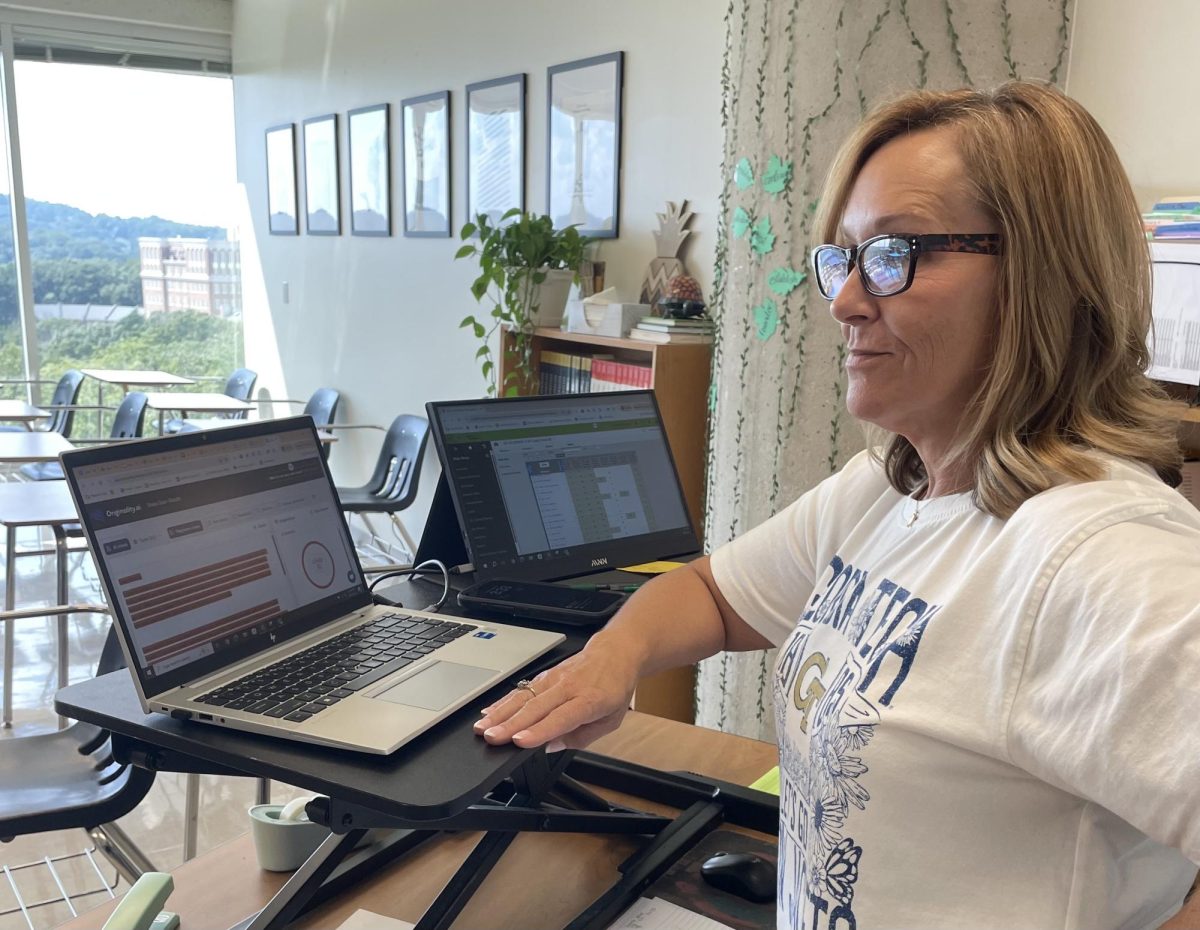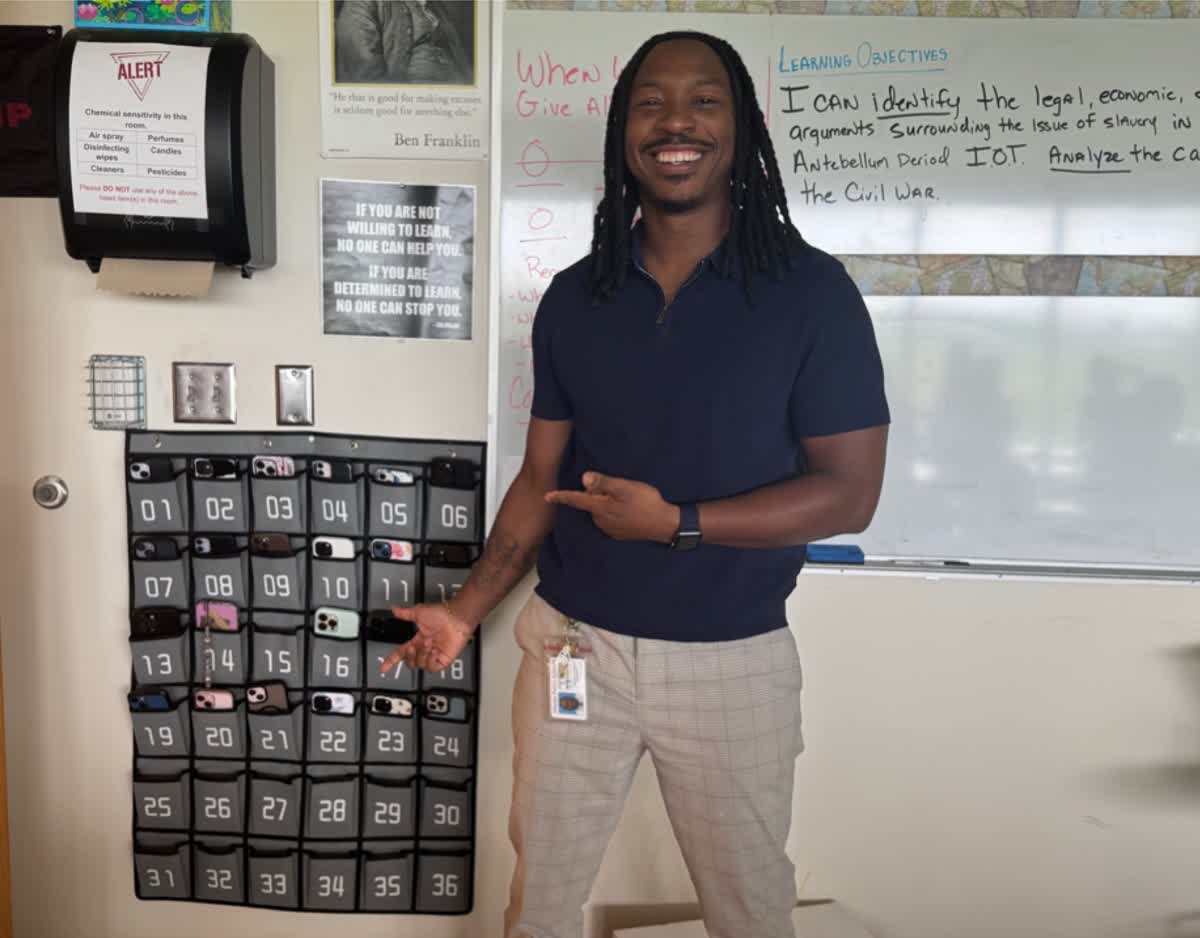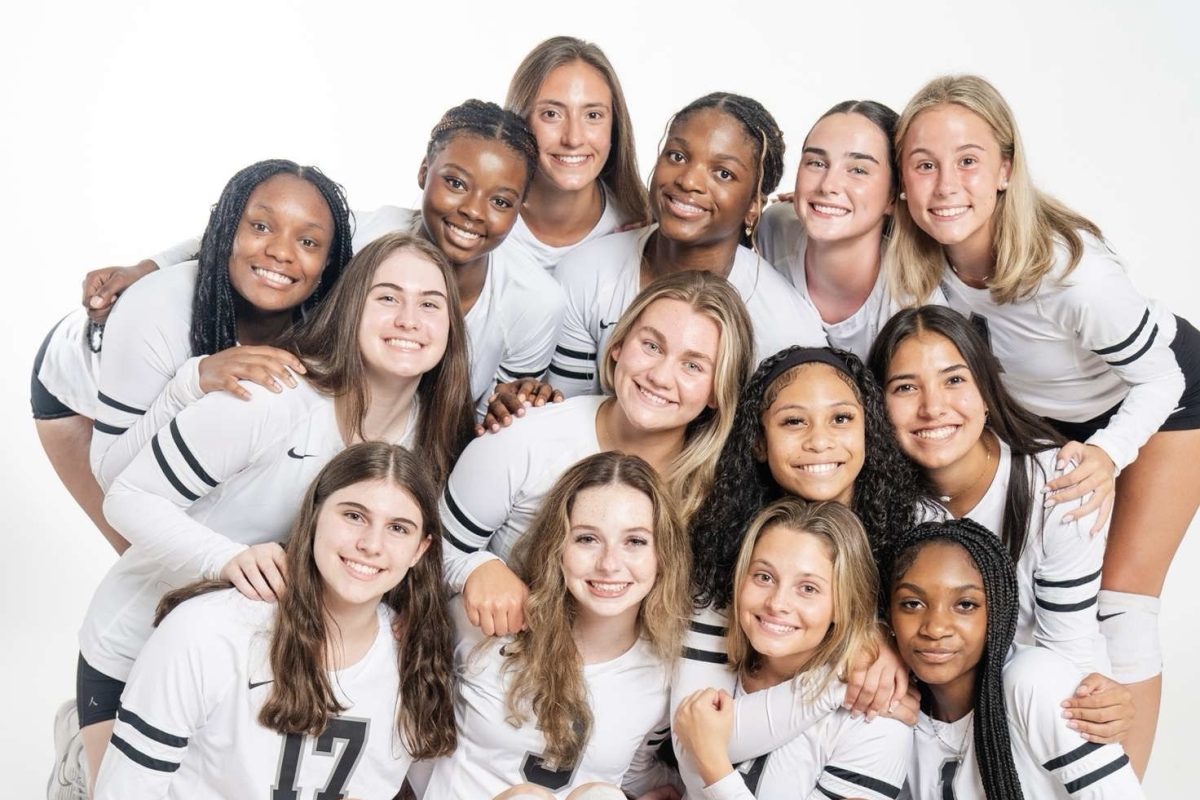In the past, teachers dreaded opening assignments, fearing the potential surplus of grammatical errors and plagiarized answers ripe for the grading. Now, they must prepare themselves to face a far sneakier nightmare: the use of artificial intelligence, better known as AI. With access to platforms such as Google Gemini, Meta AI, and the infamous ChatGPT, students have a wide selection at their disposal. However, this power comes with responsibility, and unfortunately for teachers, students are anything but responsible. Despite this, teachers don’t necessarily despise AI. Most think that, when used properly and with good intent, AI can be a useful resource. However, opinions vary from teacher to teacher, and not everyone is so accepting.
The main concern teachers have with AI is obvious: students will churn out answers for their assignments and never give the topic another thought. AP World History teacher Michael Robinson believes it is not only a major issue regarding integrity, but an even more lasting consequence is the damage dealt to the student’s learning development. When a student uses AI to just fill in blanks, they end up retaining almost none of the information, which comes back to bite them when time comes for a unit test. “Some think, ‘AI can do it, so why do I have to do it?’ But tools are for us to use,” Robinson said. “By putting AI in the position of ‘thinker’, the person becomes the tool.”
Of course, AI isn’t an absolute evil. When it’s not used for plagiarism, it proves to be a very useful tutor. AP Language teacher Erin Turner has had her fair share of experience with AI, but not all encounters were harmful. She’s seen students ask ChatGPT for assistance in teaching a topic they don’t understand, providing inspiration for projects, and more. Often students use AI at a surface level, and as a result, they fail to realize its full potential as an educational asset. “I think it is a good resource to some extent; it can give you ideas for how to learn things,” Turner said.
It’s true that AI has done a great deal of damage to learning. Finishing work in two minutes with a prompt instead of actually applying critical thinking skills is tempting, to say the least. However, with AI becoming a bigger and bigger part of daily life, it’s important to consider all aspects, both negative and positive. Overall, teachers seem to agree: AI belongs to two sides of the same coin. The difference lies in which way you flip it.








